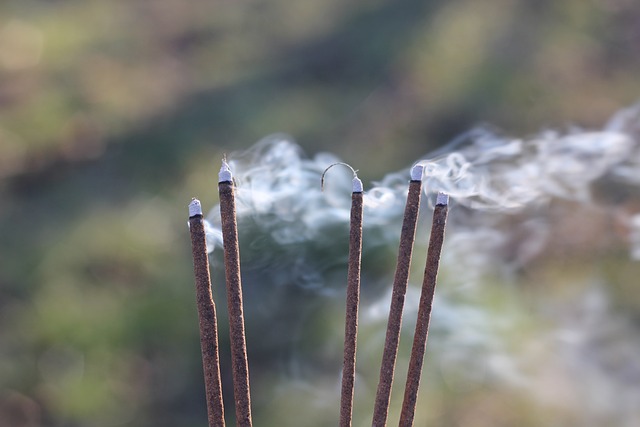Aroma typically refers to a pleasant or fragrant smell, while odor is a more general term encompassing both pleasant and unpleasant smells.
TL;DR Aroma Vs. Odour
Aroma typically refers to pleasant smells that evoke positive emotions and can enhance our overall experience.
Odour is often associated with unpleasant or strong-smelling scents that may elicit negative reactions.
The distinction between aroma and odour lies in their subjective nature as well as the context in which they are perceived. Factors such as personal preferences, cultural influences, and individual experiences play a significant role in determining whether a particular scent is classified as an aroma or an odour.
What is Aroma?

Aroma is a sensory perception related to smell, particularly emphasizing pleasant and distinctive odors. It often evokes subjective experiences, influencing emotions and memories.
Aromas can arise from various sources such as food, flowers, or essential oils. The complex interplay of volatile compounds triggers receptors in the olfactory system, creating a rich and nuanced olfactory experience. Aromas play a significant role in culinary appreciation, product preferences, and overall sensory enjoyment, contributing to the intricate tapestry of human sensory perception.
What is Odour?

Odor refers to a characteristic smell, encompassing both pleasant and unpleasant scents. It arises from volatile molecules emitted by substances, activating olfactory receptors. Odors are integral to our sensory experience, influencing taste and triggering emotional responses. While some odors are universally recognized, cultural factors also shape individual perceptions.
Odors play a crucial role in safety, signaling potential dangers such as gas leaks or spoiled food. The study of odors, or olfaction, explores the intricate ways in which our sense of smell contributes to our understanding of the environment and our daily lives.
Aroma Vs. Odour – Key differences
| Criteria | Aroma | Odor |
|---|---|---|
| Definition | A pleasant or distinctive smell, often associated with pleasing fragrances. | A more general term encompassing both pleasant and unpleasant smells. |
| Perception | Generally associated with positive and enjoyable scents. | Can be associated with both positive and negative scents; more neutral in connotation. |
| Subjectivity | Tends to be subjective and can vary among individuals. | Subjective, influenced by personal preferences and cultural factors. |
| Examples | Fragrance of flowers, coffee, or essential oils. | Smell of garbage, rotten food, or certain chemicals. |
| Context | Often used in contexts related to positive sensory experiences. | Used in broader contexts, including neutral and negative olfactory experiences. |
| Use in Industry | Commonly used in marketing for products with positive scents, like perfumes and candles. | Used in various industries, including safety (detecting gas leaks) and quality control (identifying spoiled food). |
| Emotional Impact | Tends to evoke positive emotions and associations. | Can evoke a range of emotions, including discomfort or warning signals. |
| Chemical Basis | Associated with volatile organic compounds that create pleasant smells. | Related to a variety of volatile compounds, including those responsible for unpleasant smells. |
Factors that Influence Aroma and Odour
- Chemical Composition: The specific combination of volatile organic compounds (VOCs) determines the aroma or odor emitted by a substance.
- Concentration: The amount of odor or aroma molecules present influences the intensity of the smell experienced.
- Temperature: Higher temperatures can increase the volatility of compounds, affecting the release and perception of aroma or odor.
- Humidity: Moisture levels in the air can impact the dispersal and detection of aroma and odor molecules, influencing their perceived strength.
- Individual Sensitivity: People vary in their sensitivity to different aromas and odors, which is influenced by genetic factors and personal experiences.
- Cultural Influence: Cultural backgrounds and experiences shape individual preferences and perceptions of certain smells.
- Psychological Factors: Emotional and psychological states can affect how individuals perceive and interpret aromas and odors.
- Physiological State: Hunger, fatigue, and other physiological conditions can alter the perception of aroma and odor.
- Context: The surrounding environment and context, such as the presence of other smells or the setting, can influence how aromas and odors are perceived.
- Memory and Association: Previous experiences and memories associated with specific smells can impact how individuals perceive and respond to aromas and odors.
Image Credits
Featured Image By – Foundry Co from Pixabay
Image 1 By – Daniela Mackova from Pixabay
Image 2 By – Joost J. Bakker, CC BY 2.0 , via Wikimedia Commons









